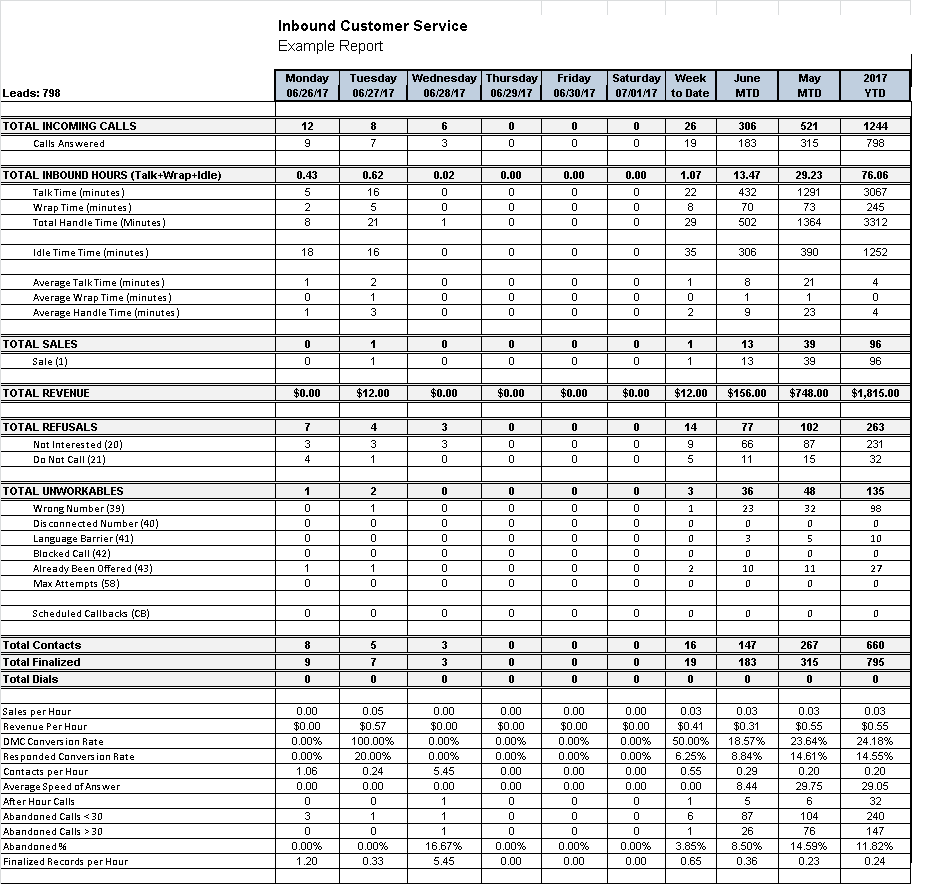If you’re like most companies, you’re spending significant money to get the phone to ring. Don’t waste that money by mis-managing the inbound team.
By Melissa Hinrichs is Director of Client Services
 Inbound telemarketing services is defined as a campaign or program where a company receives inbound calls which are generated by a variety of different channels, including digital marketing, TV ads, newspaper ads, flyers, mail, etc.
Inbound telemarketing services is defined as a campaign or program where a company receives inbound calls which are generated by a variety of different channels, including digital marketing, TV ads, newspaper ads, flyers, mail, etc.
With inbound telemarketing services, it is critical to have a good handle on call volumes and your company’s handling of those calls. If you’re like most companies, you’re spending significant money to get the phone to ring. Don’t waste that money by mis-managing the inbound team.
As an outsourced telemarketing services firm, we help many clients with answering their inbound 8XX numbers, handling chat sessions, and answering emails. All of these contacts are lumped into “Inbound telemarketing services” for the purposes of this article.
As a senior leader in a telemarketing services firm, I’ve noticed that the biggest challenge with inbound telemarketing is that we don’t have as much control on the calls coming in or being handled, therefore it’s more challenging when it comes to hitting goals or staffing for such campaigns. This is compared to running outbound telemarketing campaigns where we know from the beginning how many leads we’re going to call and we have a good idea on how long it will take to make those calls. Therefore for successful inbound telemarketing services management, it it’s imperative that the reports you design are easy to read and helps you look for any patterns that may occur that will help the operations team determine the best plan of action.
With inbound reporting it’s important to not only capture the calls that the agents handled but also to drill down to the calls the agents didn’t handle. It’s easy to lay out what happened to the calls that the agents handled, either it was a sale or refusal or they called into the wrong number. Plus many times you have recordings to go back and listen to these calls to determine what took place. The not-so-easy part to determine is what happened to the calls that came in but no agent handled. Did the customer hear the greeting and realize they dialed the wrong number? Did they wait on hold too long and hang up? Or maybe they dialed outside the business hours of the campaign. Determining what happened to these non-handled calls are significant as well so your operations team can determine if they’re staffing correctly to handle the calls coming in. Understanding answered call and unanswered call trends will help the team hit their goals which of course is the ultimate goal, along with ensuring great customer service.
Here are some key factors to have on your inbound report.
- Total Incoming Calls: These are calls regardless if answered or not
- Calls Answered: These are calls handled by agents
- Breakdown of the calls answered: Number of sales, Refusals, Wrong Numbers, Etc.
- Breakdown of calls unanswered: These are calls that didn’t get to an agent
- It’s good to drill these down to the following areas:
- After hours: These are calls that hit your ACD outside of defined business hours.
- Abandoned Calls < 30 seconds: These are the callers that hung up waiting to be answered, within 30 seconds of hitting your inbound queue. ?
- Abandoned Calls > 30 seconds: These are the callers that hung up waiting to be answered, after 30 seconds in queue.
- It’s good to drill these down to the following areas:
Another section of the report that is key, is the time spent on the calls. With inbound reporting generally the time being represented is in minutes instead of hours. However it’s important to state that on the report so everyone understand what time frame is being represented.
- Handled Time: The time it took to handle that call both while talking to the customer and wrapping up the call.
- Talk Time: The time the agent spent speaking with the caller
- Wrap Time: The time the agent spent after they hung up with the caller before releasing the call record.
- Average Speed of Answer (ASA): This tells you on average how quickly the calls are being answered. This is a very important metric because it lets the operations team know if we are answering the calls in a timely manner or if a staffing change might need to occur. Or maybe it was just a spike in calls coming in for that time-period.
In Figure A below you will see an example of an inbound report that I have outlined the key components I mentioned above along with some other metrics that we use day in and day out with telemarketing.
Figure A
And lastly, when designing the perfect inbound report, not only is it important to collect these key factors onto the report to help the team in making decisions for the duration of the campaign but it is vital to ensure that the presentation, accuracy and branding of the report is being represented as well.
Melissa Hinrichs is Director of Client Services for Telepromm, a leading outsourced telemarketing organization. Melissa leads a talented team that ensures client data and reports are delivered on-time and without errors. With more than 20 years of database management and reporting experience, Melissa loves helping her clients make better business decisions by providing them with relevant data and reports on a daily basis.
Melissa can be reached at [email protected] or 516-656-5125.




